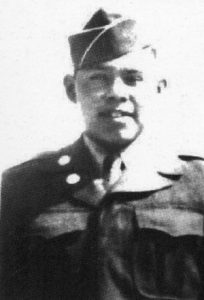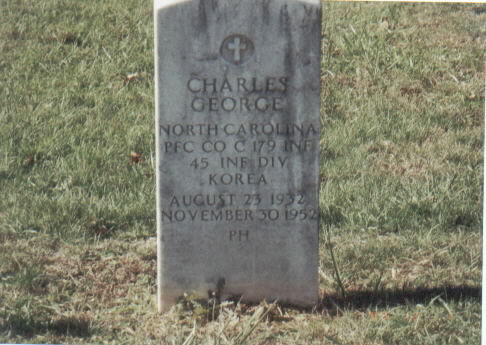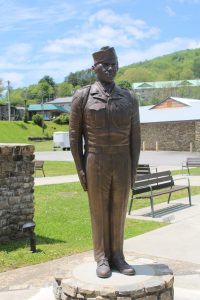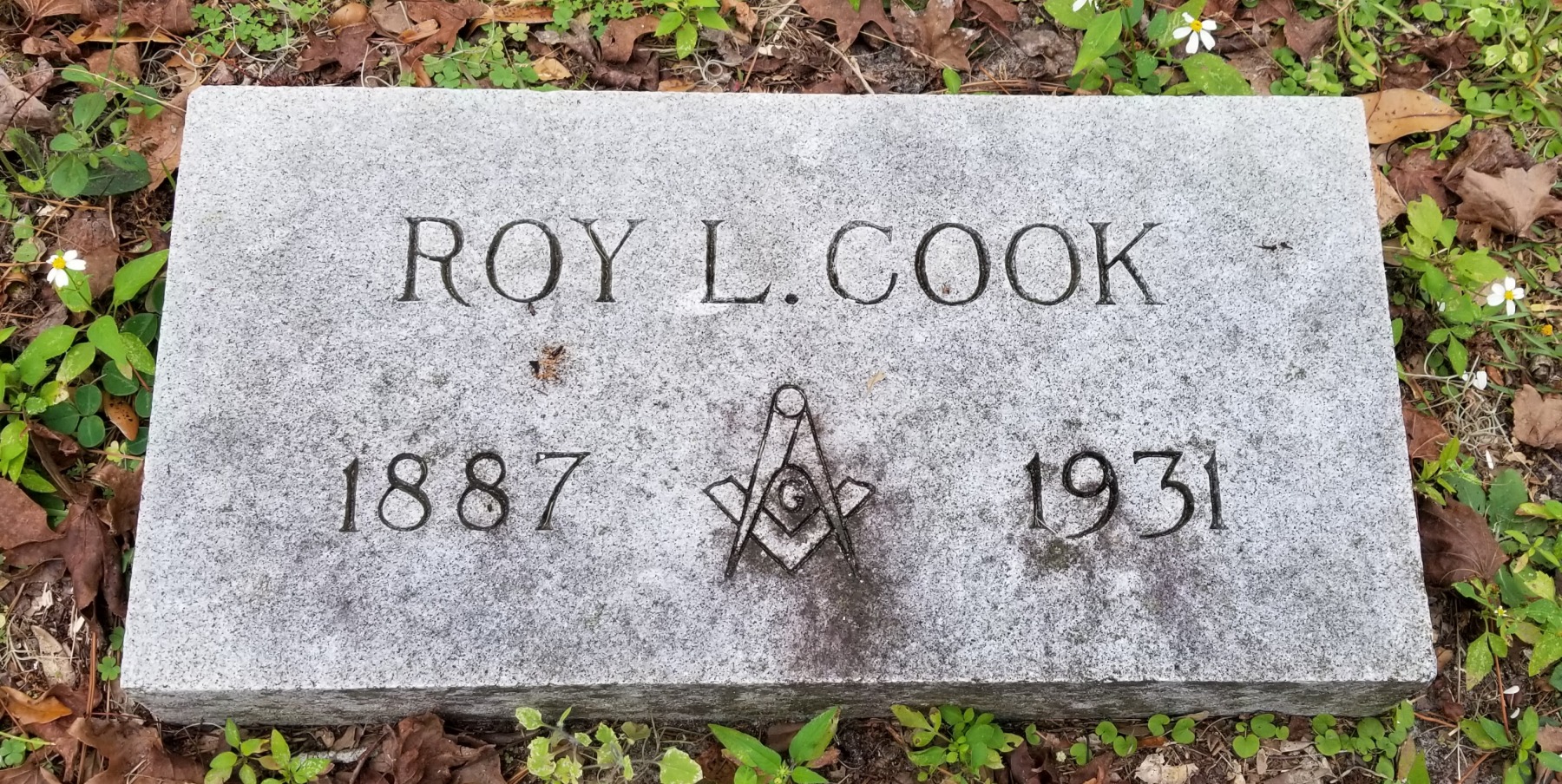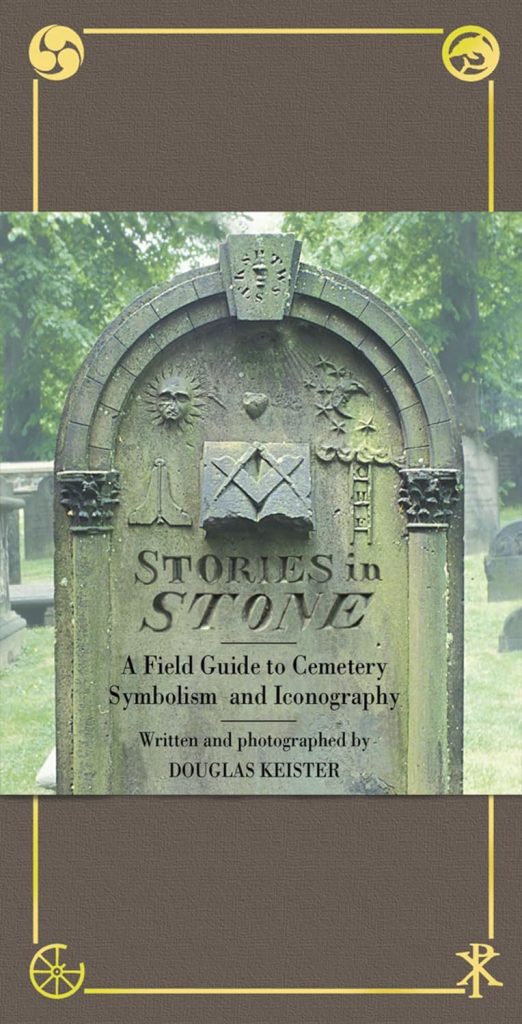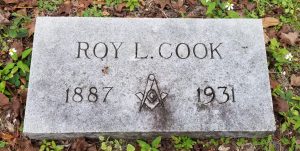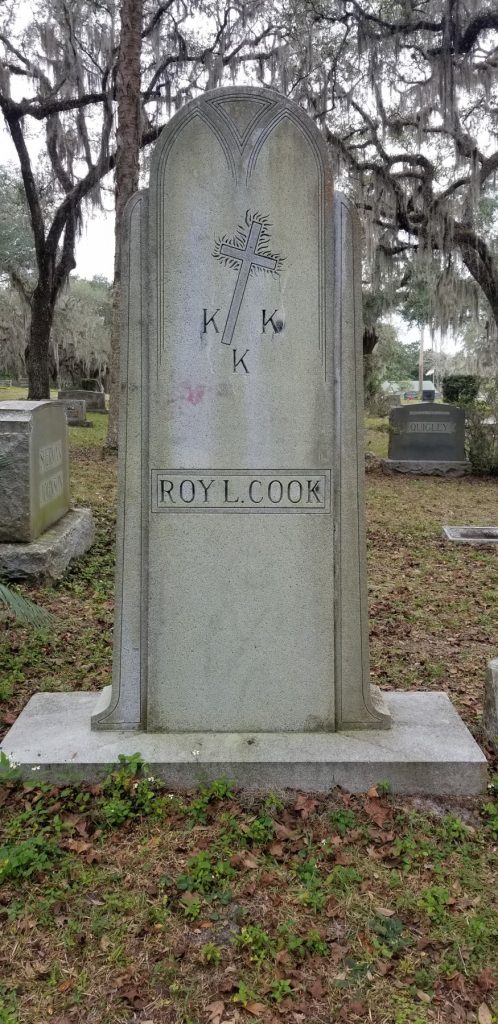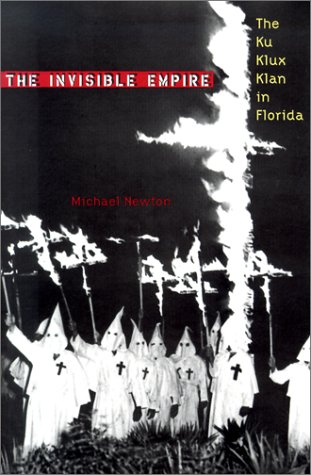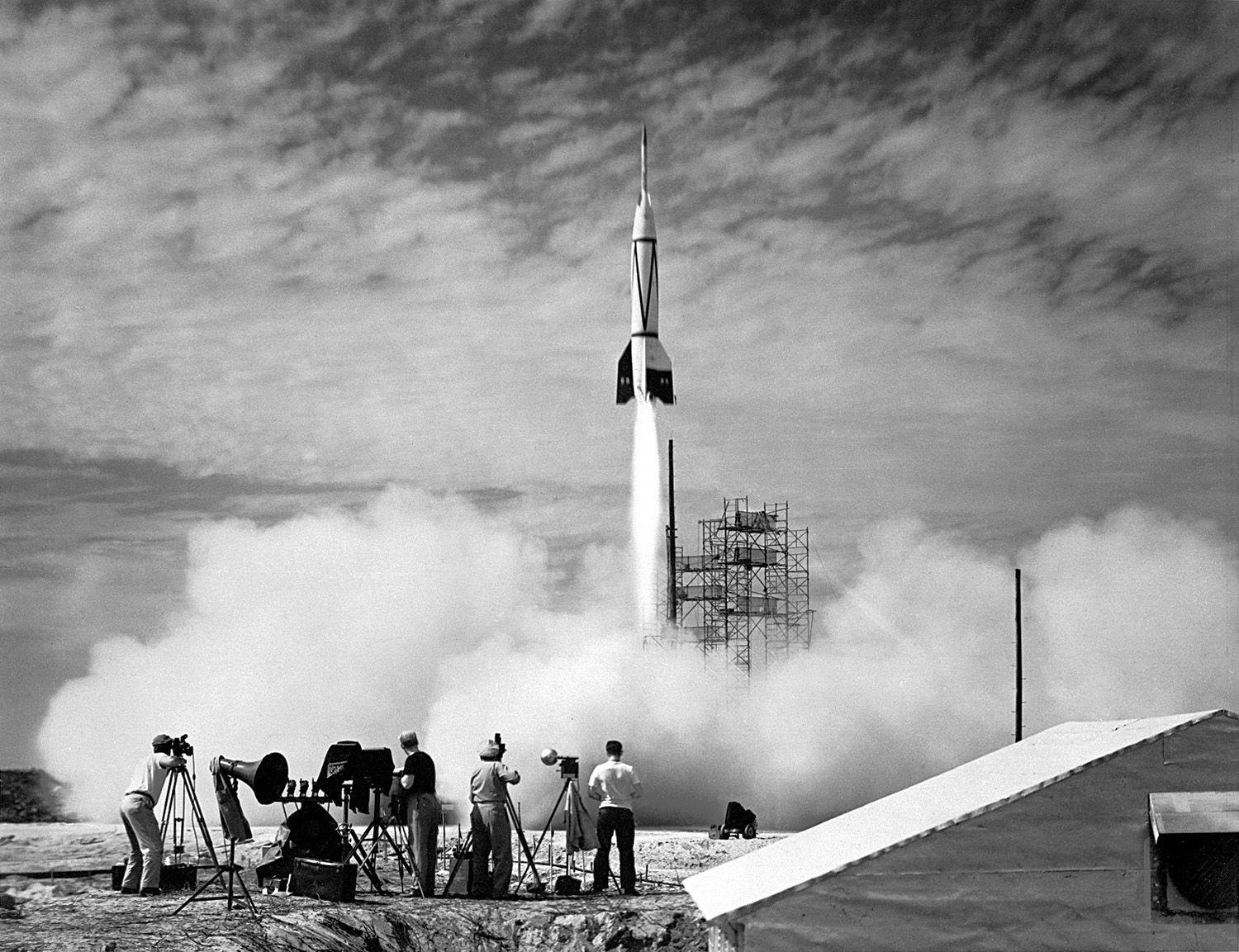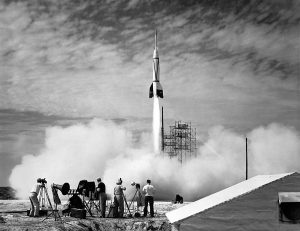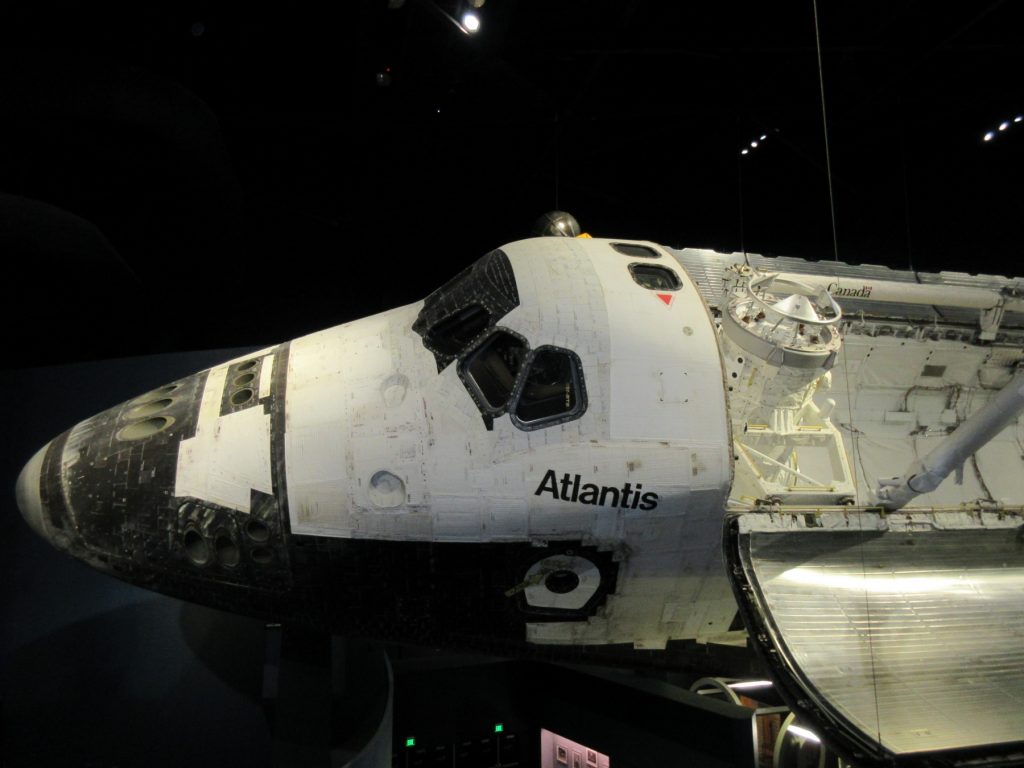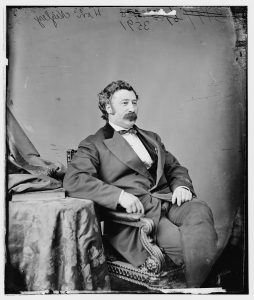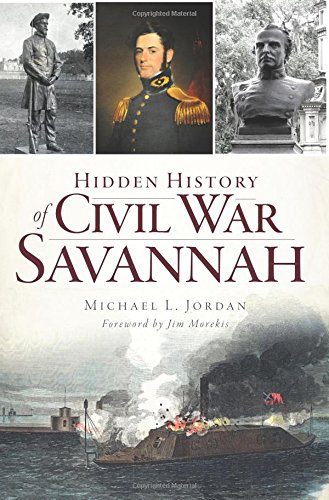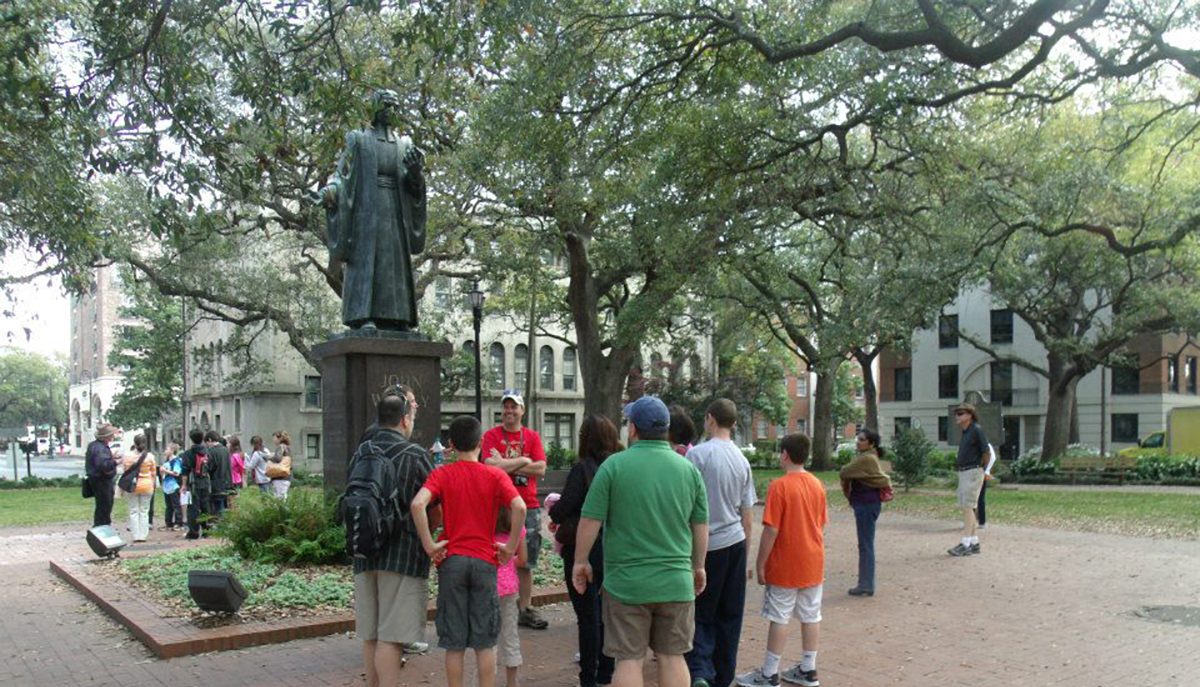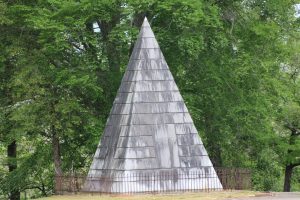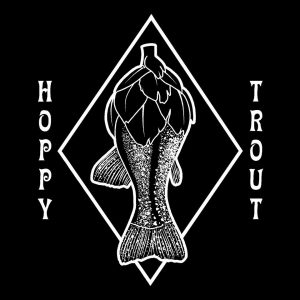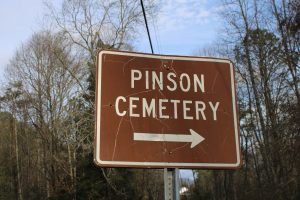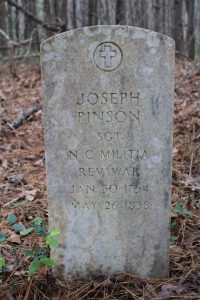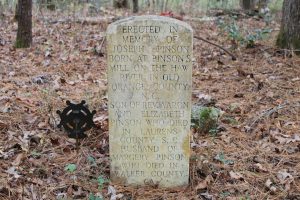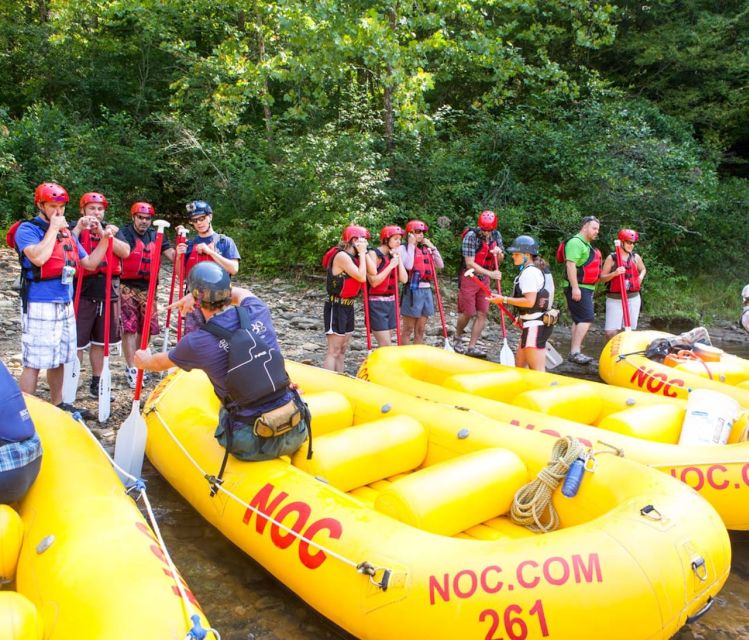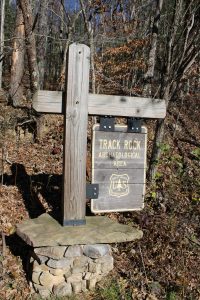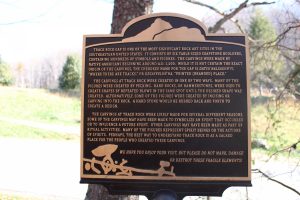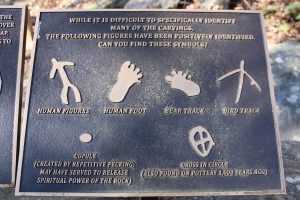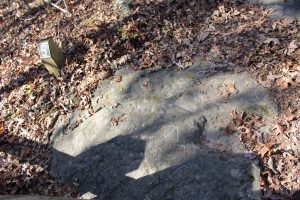National Park Service Awards Preservation Grants to Historically Black Colleges and Universities
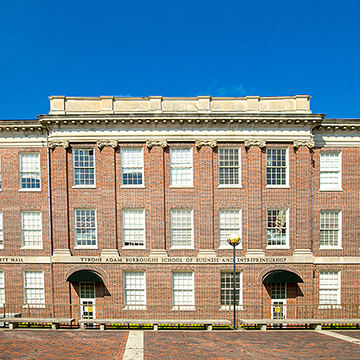
National Park Service awards $9.7 million for preservation projects at Historically Black Colleges and Universities
News Release Date: August 10, 2021
Contact: NewsMedia@nps.gov
WASHINGTON – The National Park Service (NPS) today announced $9.7 million in
grants to assist 20 preservation projects for historic structures on campuses
of Historically Black Colleges and Universities (HBCUs) in 10 states.
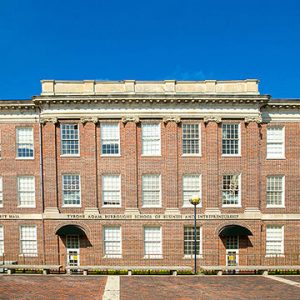
AJ Sjorter Photographer
“HBCUs have been an important part of the American education system for more than 180 years, providing high-level academics, opportunities, and community for generations of students,” said NPS Deputy Director Shawn Benge. “The National Park Service’s Historically Black Colleges and Universities Grant Program provides assistance to preserve noteworthy structures that honor the past and tell the ongoing story of these historic institutions.”
Since 1995, the NPS has awarded $77.6 million in grants to 66 HBCUs. Congress appropriates funding for the program through the Historic Preservation Fund (HPF). The HPF uses revenue from federal oil leases on the Outer Continental Shelf to provide assistance for a broad range of preservation projects without expending tax dollars.
Projects funded by these grants will support the physical preservation of National
Register listed sites on HBCU campuses to include historic districts, buildings, sites,
structures, and objects. Eligible costs include pre-preservation studies, architectural
plans and specifications, historic structure reports, and the repair and rehabilitation of
historic properties according to the Secretary of the Interior’s Standards for the
Treatment of Historic Properties.
This years’ grants will fund projects including a window restoration project for
Centennial Hall at Edward Waters College in Jacksonville, FL, the restoration of pews
and stained-glass windows for the Antisdel Chapel at Benedict College in Columbia,
SC, and the stabilization of Hermitage Hall for future rehabilitation at St. Augustine’s
University in Raleigh, NC.
For more information about the grants and the Historically Black Colleges and
Universities program, please visit http://go.nps.gov/hbcu. Applications for another $10
million in funding will be available in the winter of 2021.
Grant Recipients
Alabama G.W. Trenholm Hall Preservation Project Alabama State University
$493,200
Alabama Williams Hall Historic Preservation Project – Phase II Miles College
$499,869
Florida Preservation and Restoration of Centennial Hall Edward Waters College
$500,000
Georgia Park Street Methodist Church Roof Restoration Clark Atlanta University
$500,000
Georgia Fountain (Stone) Hall Windows Restoration Morris Brown College
$500,000
Kentucky Renovation to Jackson Hall Kentucky State University
$494,850
Maryland University Memorial Chapel Roof and Gutter Repairs Morgan State University
$500,000
Maryland Rehabilitation of Trigg Hall University of Maryland Eastern Shore
$500,000
Mississippi Preservation Initiative for Ballard Hall, Pope Cottage, and Jamerson Hall Tougaloo
College $500,000
Mississippi Oakland Chapel Repairs Alcorn State University
$500,000
North Carolina Historic Preservation of Hermitage Hall St. Augustine’s University
$499,379
North Carolina Restoration of Estey Hall Shaw University
$499,890
North Carolina Preservation of Biddle Memorial Hall – Phase II Johnson C. Smith University
$499,868
North Carolina Rehabilitation of Carnegie Library – Phase III Livingstone College
$500,000
South Carolina Historic Wilkinson Hall HVAC System Schematic Design and Replacement South
Carolina State University $500,000
South Carolina Antisdel Chapel Renovation Project Benedict College
$500,000
South Carolina Duckett Hall Preservation Project Benedict College
$500,000
Virginia Rehabilitation of Vawter Hall – Phase II Virginia State University
$500,000
Virginia The Academy Building Project Hampton University
$500,000
West Virginia Canty House and East Hall Restoration West Virginia State University $197,219


